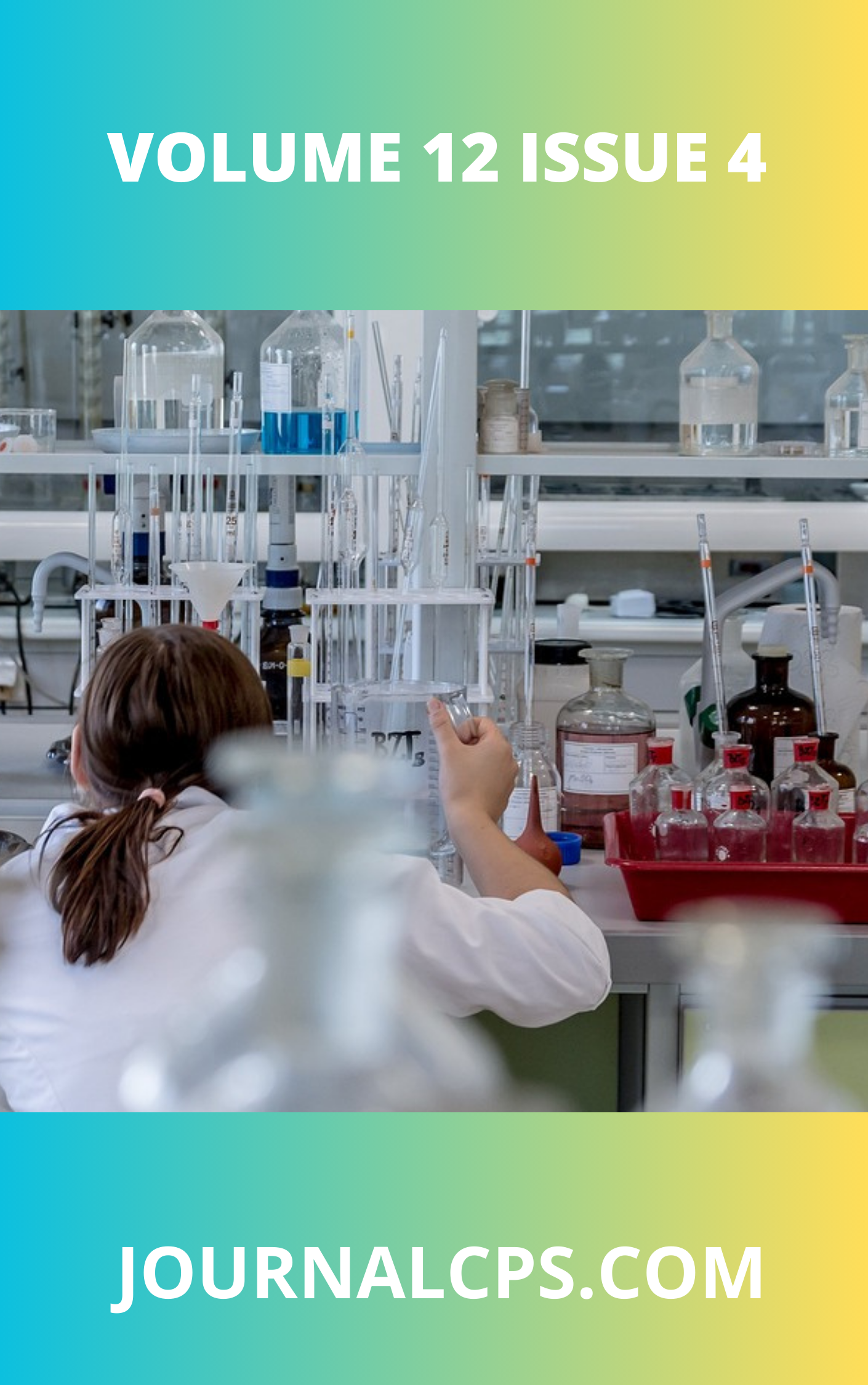Environmental Implications of Quarrying and Waste Management: A Case Study of Okhoro, Benin City
Keywords:
Waste, quarrying, stream sediments, pollution and Niger Delta BasinAbstract
This study assessed the physicochemical characteristics and heavy metal contamination of water sources impacted by a nearby dumpsite, with the aim of evaluating potential environmental and public health risks. A total of 12 samples were collected from leachate (LS), river water (WS), boreholes (BH), and profile pits (PP). Parameters analyzed included pH, electrical conductivity (EC), total dissolved solids (TDS), biochemical oxygen demand (BOD), chemical oxygen demand (COD), nitrate (NO₃⁻), phosphorus (P), and heavy metals such as iron (Fe), lead (Pb), copper (Cu), zinc (Zn), and chromium (Cr). The pH values ranged from 6.4 to 7.4, falling within WHO limits (6.5–8.5), but the EC and TDS exceeded permissible limits in most leachate and some river samples, with maximum EC and TDS values reaching 1846 µS/cm and 1200 mg/L, respectively. BOD and COD values were significantly elevated in leachate samples (up to 10.5 mg/L and 341.44 mg/L, respectively), indicating heavy organic pollution. Ammonia concentrations in leachate peaked at 12 mg/L, far exceeding the WHO limit of 0.5 mg/L, while nitrate concentrations reached 1.31 mg/L. Heavy metals such as Pb exceeded the FEPA limit of 0.05 mg/L in all samples, with the highest concentration observed in WS03 (0.145 mg/L). Iron was highest in WS04 (1.36 mg/L), also exceeding the FEPA threshold of 0.3 mg/L.Statistical analysis included Pearson correlation, which showed strong positive correlations between EC and TDS (r = 0.97), COD and BOD (r = 0.89), and Fe and Pb (r = 0.76), suggesting common pollution sources. One-way ANOVA revealed significant differences (p < 0.05) in BOD, COD, and heavy metals across the different sampling locations. Principal Component Analysis (PCA) extracted three principal components explaining 85.4% of total variance, highlighting organic load, salinity, and metal pollution as key factors. Hierarchical Cluster Analysis (HCA) grouped the sampling sites into three clusters, distinguishing highly contaminated leachate zones from moderately impacted river and borehole locations. Water Quality Index (WQI) values ranged from 102 to 291, classifying most sites as “poor” to “very poor.” Heavy Metal Pollution Index (HPI) values exceeded the critical limit of 100 at all sites, with values ranging from 135.4 to 288.6. Pollution Load Index (PLI) also confirmed significant contamination in leachate and river samples. Overall, the results indicate severe anthropogenic contamination of both surface and groundwater resources due to the proximity of the dumpsite. The findings underscore the urgent need for remediation efforts, groundwater protection strategies, and regular monitoring to safeguard environmental and public health.
Downloads
Published
Issue
Section
Similar Articles
- Christabel M. Eteghwia, Enoo Ojaikre, Efeturi A. Onoabedje, Chinweike C. Eze, Patience O. Adomi, 7-Chloroquinoline Sulphonamide Derivatives: Synthesis, Characterization, Biological and Drug-likeness Evaluation , Communication In Physical Sciences: Vol. 12 No. 1 (2024): VOLUME 12 ISSUE 1
- Juliet E. Emudianughe, P. M. Eze, Sunday Utah, Porosity And Permeability Trend In Agbami-Field Using Well Log, Offshore, Niger Delta , Communication In Physical Sciences: Vol. 7 No. 4 (2021): VOLUME 7 ISSUE 4
- Tope Oyebade, Spatio-Seasonal Evaluation of Heavy Metal Pollution, Water Quality, and Ecological Risk in Lake Chad Ecosystem , Communication In Physical Sciences: Vol. 11 No. 4 (2024): VOLUME 11 ISSUE 4
- Godwin Okumagbe Aigbadon, Azuka Ocheli, Tope Shade Alege, Esther Onozasi David, Petrological, palynological analysis and Geochemistry of Maastrichtian Patti Shale in some parts of the southern Bida Basin, Nigeria: Implications for provenances and hydrocarbon studies , Communication In Physical Sciences: Vol. 9 No. 3 (2023): VOLUME 9 ISSUE 3
- Wisdom, Ivwurie, Daniel, Okiriguo, Evaluation of n-Alkanes Hydrocarbon from two Communities in Udu Local Government Area, Delta State , Communication In Physical Sciences: Vol. 7 No. 4 (2021): VOLUME 7 ISSUE 4
- Nde, Ndifreke Bassey, Inyang, Solomon Patrick, Studies on the Levels of Heavy Metal Ions in Stream and Borehole Water within Ibiaku Osuk Settlement, Akwa Ibom State, Nigeria , Communication In Physical Sciences: Vol. 7 No. 3 (2021): VOLUME 7 ISSUE 3
- Azuka Ocheli, Godwin Okumagbe Aigbadon, Nkonyeasua Abanjo, Subsurface Lithologies and Rock Eval Pyrolysis Analyses of Amansiodo-I and Akukwa-1 Well Sections, Nkporo Formation, Southeastern Part of the Anambra Basin, Nigeria: Implication for Petroleum Source Rock Potentials , Communication In Physical Sciences: Vol. 9 No. 2 (2023): VOLUME 9 ISSUE 2
- Gideon Wyasu, Production of Activated carbon derived from Banana peel for the removal of Cd2+ and Cr6+ in Brewery wastewater , Communication In Physical Sciences: Vol. 3 No. 1 (2018): VOLUME 3 ISSUE 1
- Sameul Awolumat, Baernadette Tosan Fregene, Temporal Variability and Predictors of Fish Catch (2009-2011) in the Niger and Benue Rivers: Implications for Contemporary Natural Resources Management in Kogi State, Nigeria , Communication In Physical Sciences: Vol. 11 No. 4 (2024): VOLUME 11 ISSUE 4
- Faith Osaretin Osabuohien, Review of the Environmental Impact of Polymer Degradation , Communication In Physical Sciences: Vol. 2 No. 1 (2017): VOLUME 2 ISSUE 1
You may also start an advanced similarity search for this article.




